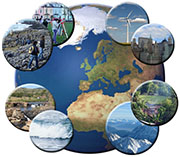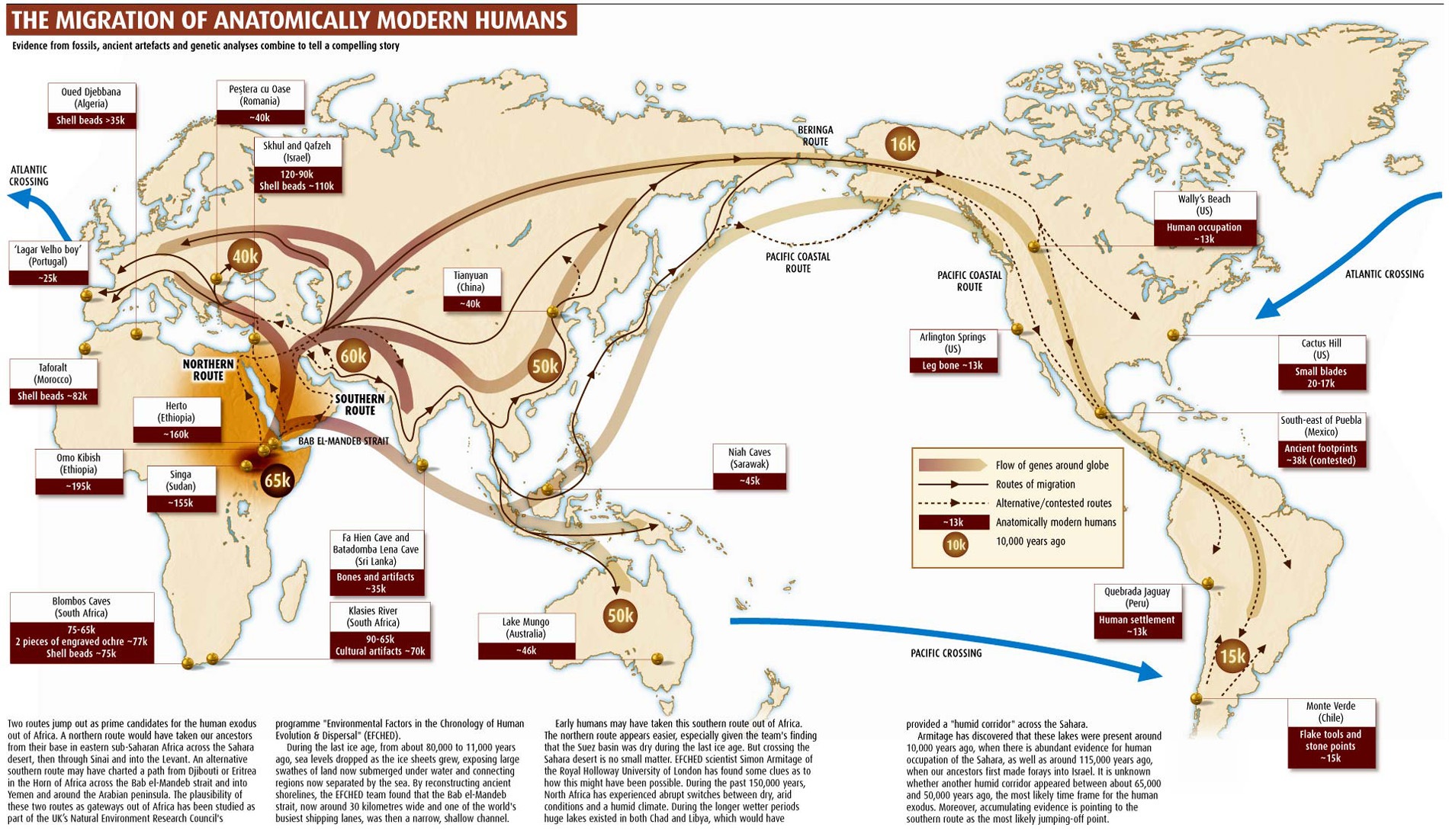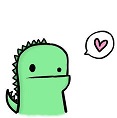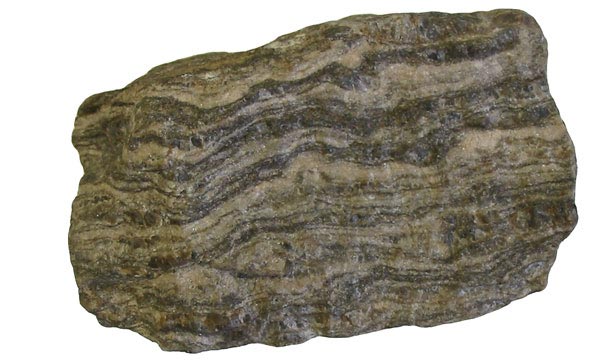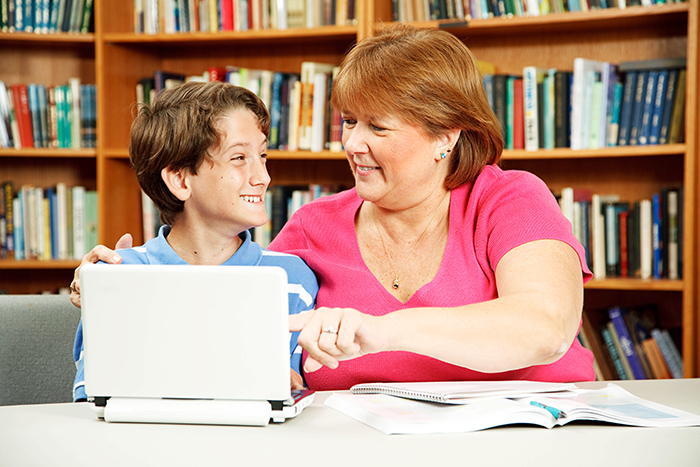Concepts of Geography
The Concepts of geography and ideas of how to teach geography!
This week we learned about concepts of Geography and the 5 themes and 6 elements.
5 Themes:
Theme 1: Location/ Position
- Town or a city. Urban or Rural area.
Theme 2: Region
-How the regions corm and change
- Part of the Earths Surface that has similar
Theme 3: Interaction
-Having an impact on places, each other and the environment.
Theme 4: Movement
- Human interaction with the earth.
-The flow of information, elements of nature, people and production.
Theme 5: Environment
- How regions form and why they change or simply the physical surroundings and conditions.
The five themes of geography:
Tell what is happening, how it effects you and others throughout the world
It provides generalizations made in the geographical point of view.
- Teaching students how to use mental maps to organize information (we use physical ones for brainstorming) this will help the students be able to keep people, places and environment separated in their minds. This is a key ability.
Element 2: Places and Regions
- This part focuses on students understanding of physical and human characteristics of places. It also focuses on the fact that people created regions to the earths complexities.
It focuses on how culture and experience influences people perceptions of places and regions.- In this picture is of pygmies who live in Africa, this is just one culture of people but this is how many people think Africa is.
Element 3: Physical System
-This focuses on the physical patterns of earths surface and the spatial distributions of ecosystems on the earths surface.
-At one time on earth there could be a rain storm, snow storm, heat wave and a tornado. When you stop to think about it it is a little intense.
Element 4: Human System
- In this element students should understand characteristics, distribution and the migration of the human population on the earths surface. (This is done within Colonies in America lessons etc.)
-This also incorporates earths mosaics of culture, patterns of interdependence on earths surface and functions of human settlement.
- As well as, the forces of cooperation or conflict and how that influences the division of people and of the earths surface.
Element 5: Environment and Society.
- This element focuses on how humans impact the physical environment and how the earths physical environment affects people. It also goes over the changes that occur in the meaning, use , distribution and importance of resources.
Theme 1: Location/ Position
- Town or a city. Urban or Rural area.
Theme 2: Region
-How the regions corm and change
- Part of the Earths Surface that has similar
Theme 3: Interaction
-Having an impact on places, each other and the environment.
Theme 4: Movement
- Human interaction with the earth.
-The flow of information, elements of nature, people and production.
Theme 5: Environment
- How regions form and why they change or simply the physical surroundings and conditions.
The five themes of geography:
Tell what is happening, how it effects you and others throughout the world
It provides generalizations made in the geographical point of view.
There are six elements of Geography!
Element 1: The world is Spatial Terms
- Teaching students how to use maps or geographic representations, and giving students the tools and technology to report information from a spatial perspective.- Teaching students how to use mental maps to organize information (we use physical ones for brainstorming) this will help the students be able to keep people, places and environment separated in their minds. This is a key ability.
Element 2: Places and Regions
- This part focuses on students understanding of physical and human characteristics of places. It also focuses on the fact that people created regions to the earths complexities.
It focuses on how culture and experience influences people perceptions of places and regions.- In this picture is of pygmies who live in Africa, this is just one culture of people but this is how many people think Africa is.
Element 3: Physical System
-This focuses on the physical patterns of earths surface and the spatial distributions of ecosystems on the earths surface.
-At one time on earth there could be a rain storm, snow storm, heat wave and a tornado. When you stop to think about it it is a little intense.
Element 4: Human System
- In this element students should understand characteristics, distribution and the migration of the human population on the earths surface. (This is done within Colonies in America lessons etc.)
-This also incorporates earths mosaics of culture, patterns of interdependence on earths surface and functions of human settlement.
- As well as, the forces of cooperation or conflict and how that influences the division of people and of the earths surface.
Element 5: Environment and Society.
- This element focuses on how humans impact the physical environment and how the earths physical environment affects people. It also goes over the changes that occur in the meaning, use , distribution and importance of resources.
Element 6: The uses of geography
- This element focuses on how to apply geography to interpret the past and how to interpret the future and present.
-This can be in the cultural, Physical, Weather related areas..this can be applied in many areas of geography!
So my fellow adventures this is where my journey took me today! I hope that you have learned as much as I have. I will leave you with this to ponder: How will you include all of these elements and themes in your everyday lessons? How will you inspire the future leaders to protect the earth that we love?






